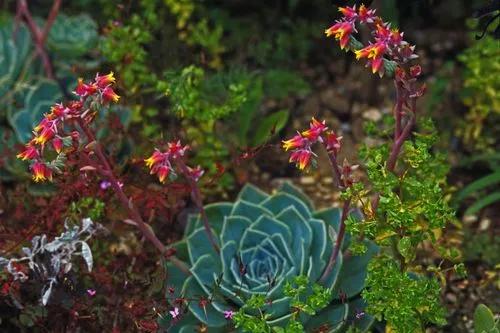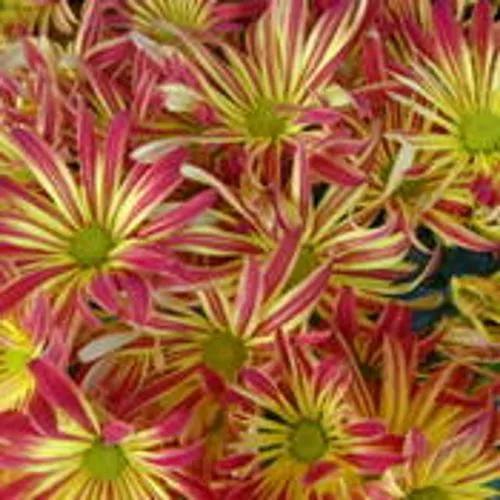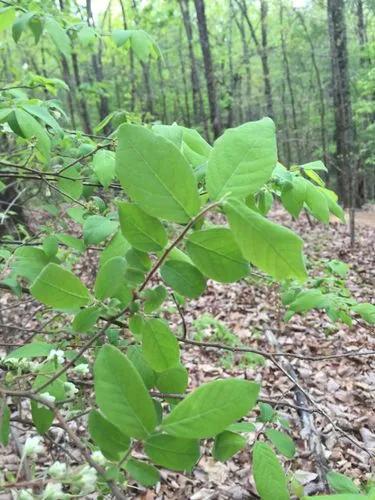The bee lover belongs to the large family of Raublattgewächse, of which there are annual and perennial species. The name Phacelia comes from the Greek phakelos for tufts, since the terminal flowers are in clusters. The upright growing, herbaceous Phacelia tanacetifolia is one year old, grows up to 100 cm high and has a root system penetrating deep into the soil. As the name Tansy Phazelie says, the feathery, initially rolled-up leaves resemble the tansy and can cause skin rashes on contact. From June to September the light-blue to blue-violet inflorescences bloom in a tuft-like manner, attracting mainly bees, but also other beneficial insects such as bumblebees, hoverflies and butterflies. The plants are robust and undemanding, but not hardy.
Lacy Phacelia Care
Phacelia Tanacetifolia



How to Care for the Plant

Water

Lacy phacelia prefers dry soil, which means its watering requirements are not high. It is also fairly drought tolerant. Make sure to not overwater as standing water will affect the plant’s growth.

Pruning

However, since the plant self-seeds abundantly, you would need to deadhead the plant if you want to prevent self-seeding.

Fertilizer

When growing in poor soil, add a balanced organic fertilizer to the soil before planting for better results.

Sunlight

Blue tansy grows best in full sun, but also tolerates partial afternoon shade.

Soil

Since purple tansy plant mainly grows in deserts, at high altitudes, in its natural habitat, it prefers gravelly or sandy soil. It also required the soil to be dry and well-draining.

Temperature

It is not winter hardy and often dies at 18° degrees Fahrenheit (-8° C).

Additional

Contact with skin may cause irritation

Popularity

684 people already have this plant 138 people have added this plant to their wishlists
Discover more plants with the list below
Popular articles






